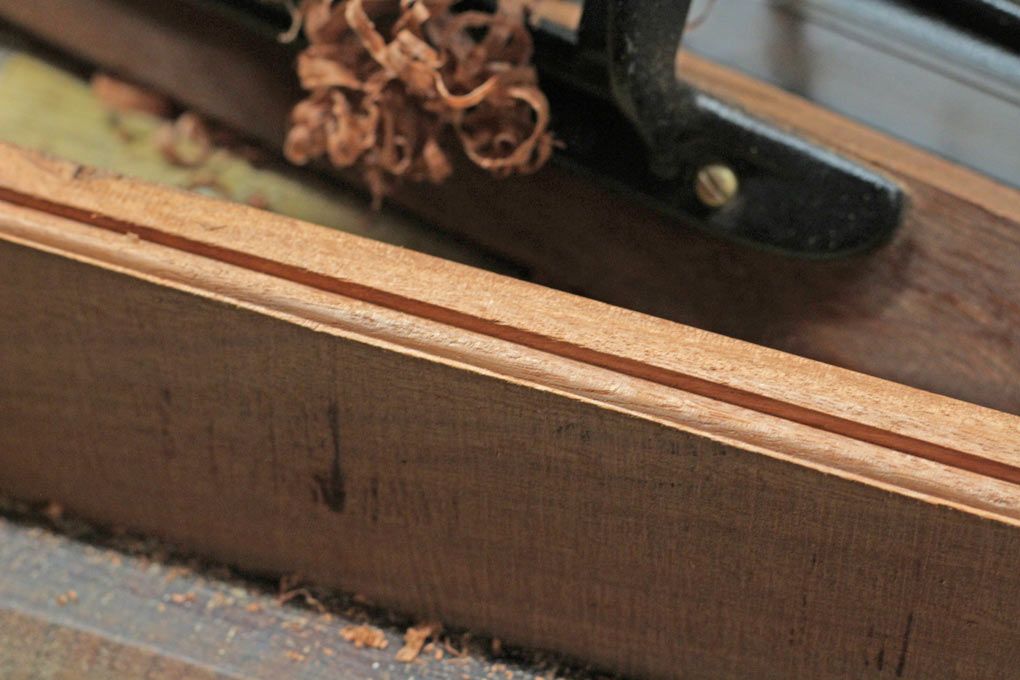Never saw a record 044c for sale in the united states, and never thought much about it until you guys mentioned it here as being a pittance compared to LV's fabulous small plow plane (a plane I've never had the reported "problems" with, whatever they were).
But thanks to the new global shipping program (which makes for ridiculously high shipping, but does open the door to acquire things that wouldn't have been offered to US buyers), I nailed down a 044c with 10 irons (unused) in metric and imperial sizes for 67 quid - no deal in the UK, I'm sure, but compared to our options in the US, quite a steal.
So out goes this:

And in comes this:

I've had a chance to use it a couple of times already, and it works a treat. Not quite as precisely made as the LV plane, but I am not in the crowd that demands that kind of thing - it is plenty well made and plenty accurate.
Certainly can't fault the LV plane for anything, but there is something that appeals more to me about the 044C vs. a new plane.
But thanks to the new global shipping program (which makes for ridiculously high shipping, but does open the door to acquire things that wouldn't have been offered to US buyers), I nailed down a 044c with 10 irons (unused) in metric and imperial sizes for 67 quid - no deal in the UK, I'm sure, but compared to our options in the US, quite a steal.
So out goes this:

And in comes this:

I've had a chance to use it a couple of times already, and it works a treat. Not quite as precisely made as the LV plane, but I am not in the crowd that demands that kind of thing - it is plenty well made and plenty accurate.
Certainly can't fault the LV plane for anything, but there is something that appeals more to me about the 044C vs. a new plane.







































